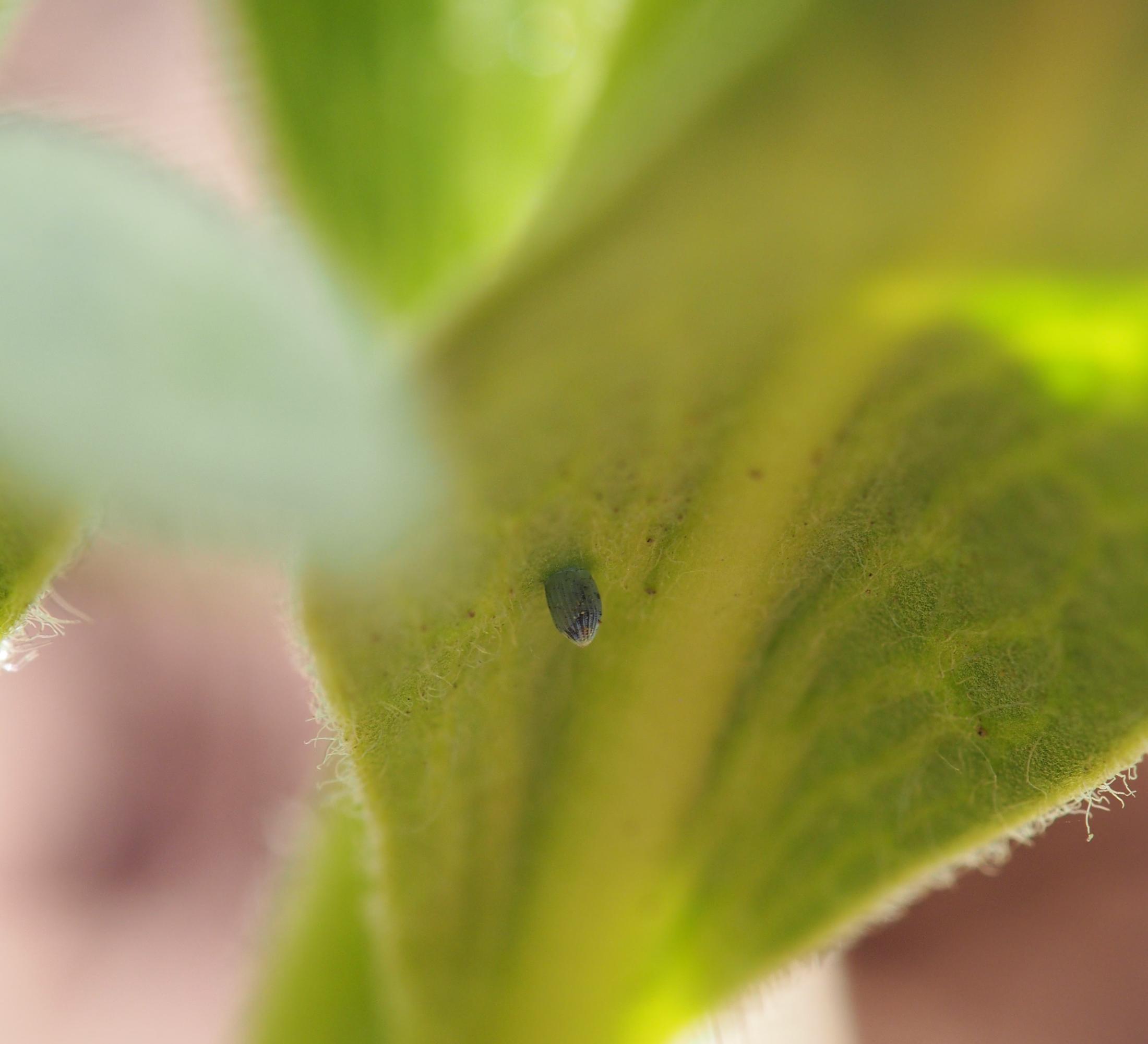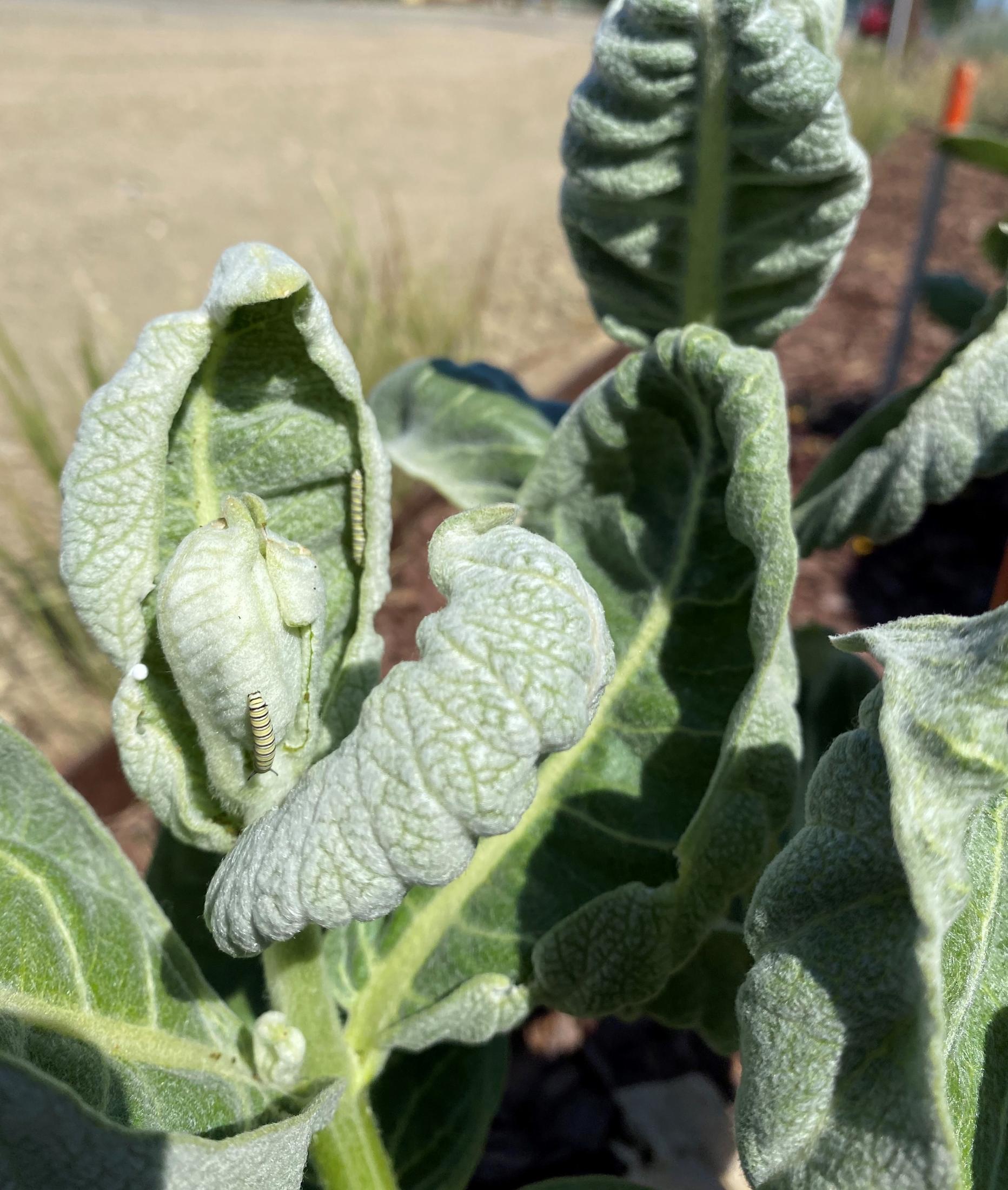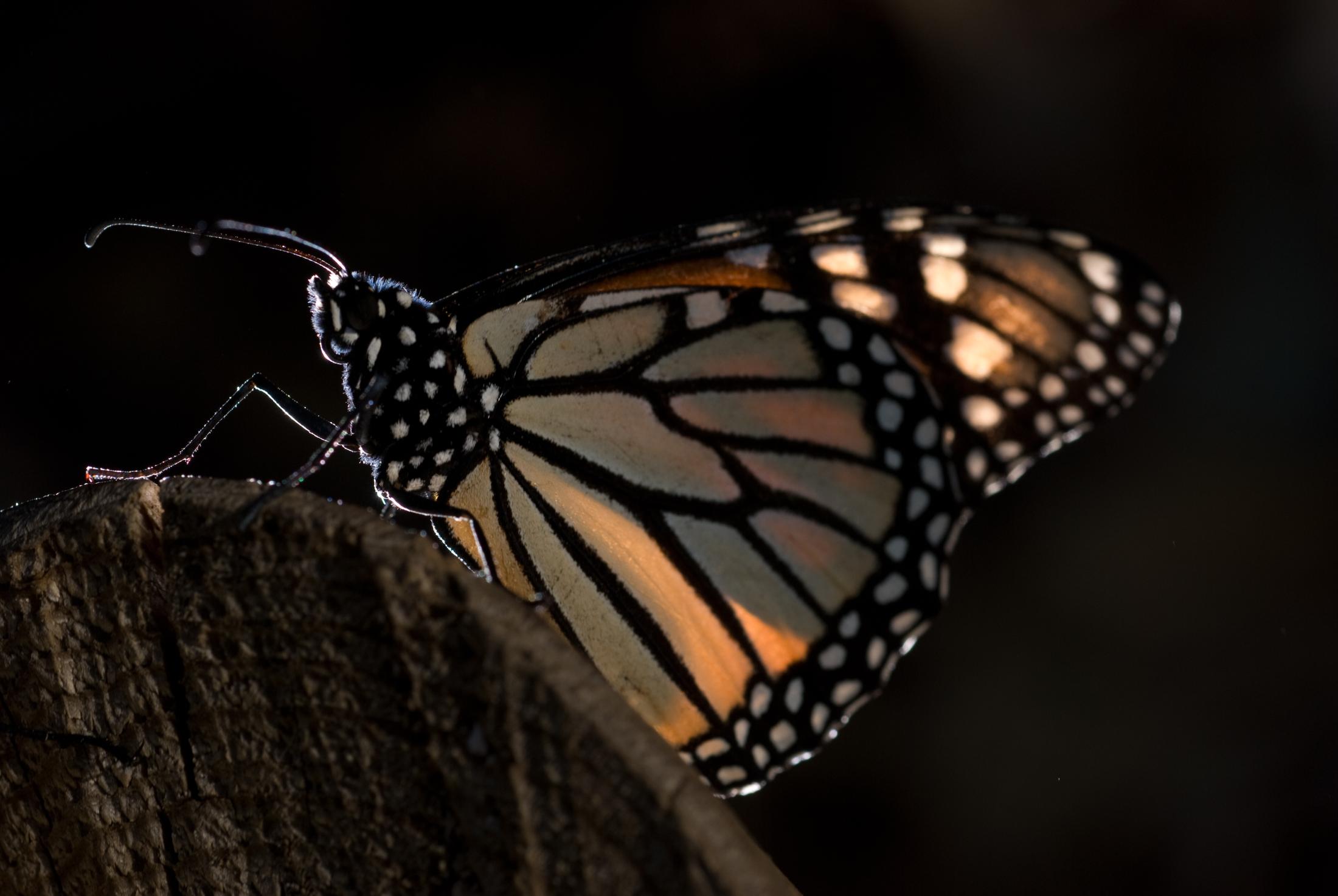Project Overview
The pollinator study garden (PSG) is composed of 15 blocks planted with native species. PSG will serve as both an educational and research site.
Current PSG Research
California Fuchsia (Epilobium canum) is a highly variable plant that differs in size, shape, vegetation color, and floral structure across California. It is an excellent water efficient native plant, and can act as a hub for ecological interactions in your garden. It feeds birds and bees with its prolific nectar, provides cover and food for bugs, and hosts a community of microbes that feed and grow inside of its flowers.
As part of a project funded by the National Science Foundation, researchers from the Vannette Lab, UCD Entomology and Nematology, are testing how this plant's variable floral traits shape their inner microbial world. They have spent the last two falls sampling naturally occurring nectar microbes and inoculating them into the flowers of California Fuchsia varieties from across the state that are planted in the Pollinator Study Garden at the Western Center for Agricultural Engineering.
- They have found that different cultivars host different microbial communities, and that some of these differences are likely driven by differences in microbial dispersal. Further, a small handful of individual plants have significantly higher and lower microbial densities than others. This work will help scientists understand how differences among individuals within a single plant species shape a flower's microbiome and will contribute to our basic understanding of these important but understudied microbial communities.
- Most recently scientists are using manipulative experiments of microbial community to explore how variation in microbial community among plants might shape pollination. Scientists are quantifying differences in pollen receipt among flowers that contain different microbes
Click HERE to read a peer-reviewed publication on PSG!
Francis, Jacob S., Tobias G. Mueller, and Rachel L. Vannette. "Intraspecific variation in realized dispersal probability and host quality shape nectar microbiomes." New Phytologist 240.3 (2023): 1233-1245.
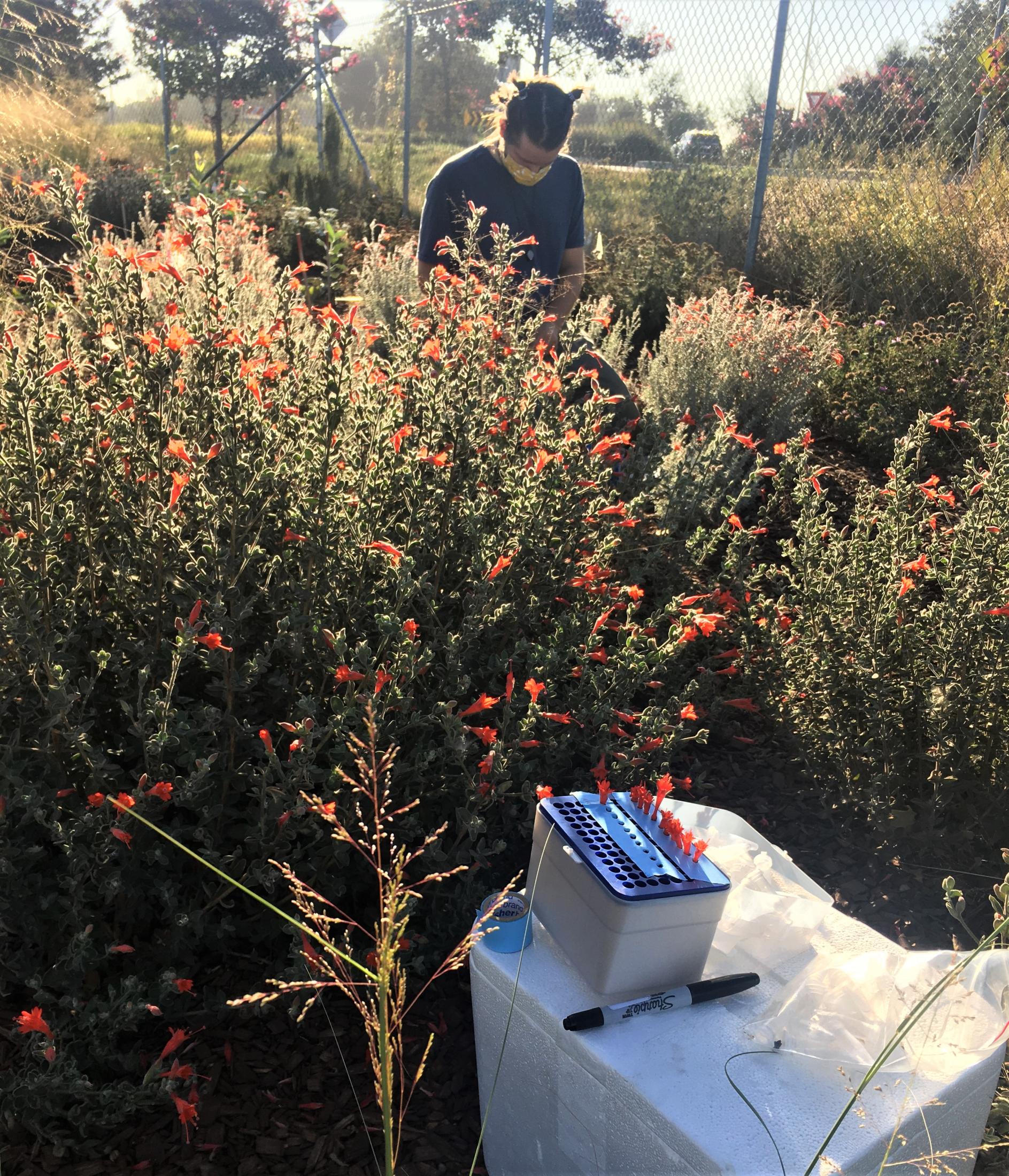

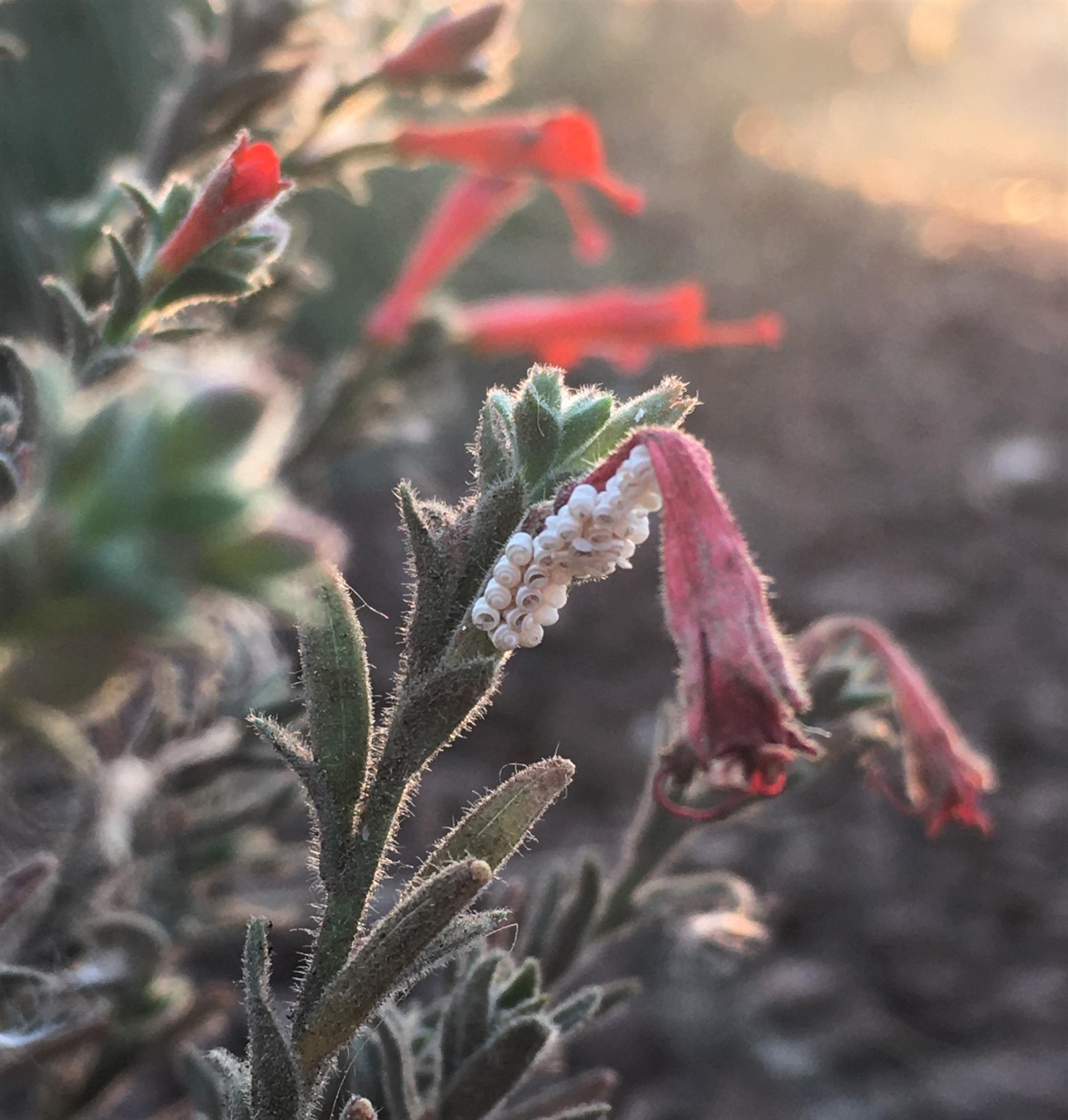
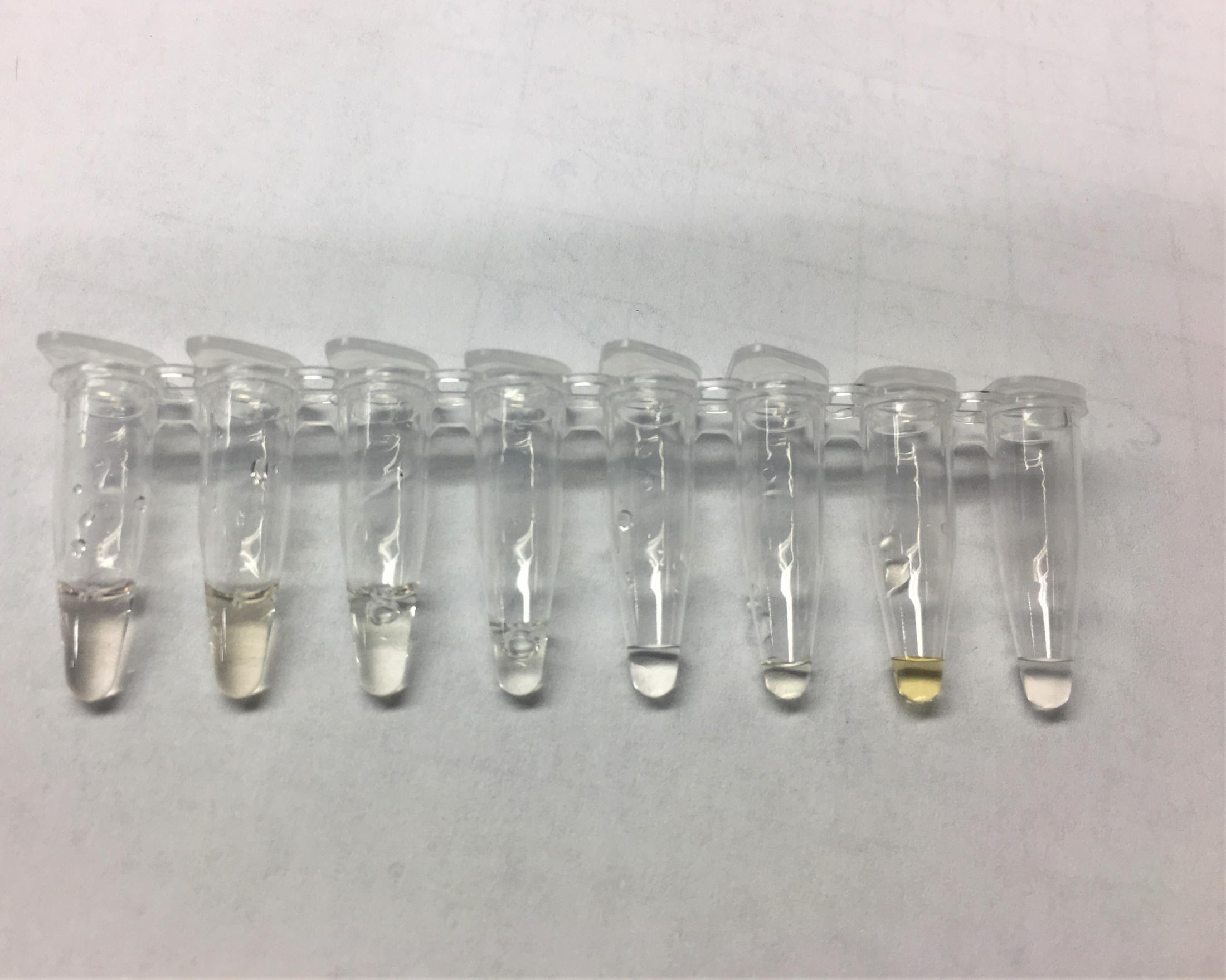

The PSG is also home to some Monarch Butterfly Studies being carried out by Dr. Louie Yang and his students. The Yang Lab is currently assessing the effects of drought and water stress on milkweed-monarch interactions and phenology.
Even though PSG has only been recently established, the Yang Lab has found Monarch eggs and a couple of adults butterflies. Dr. Louie Yang reports that it's encouraging to find Monarchs on a new new milkweed population so quickly given the very low monarch densities overall!
For more information on Monarch Butterfly studies at the CCUH, visit our Butterfly Study Garden Page.
